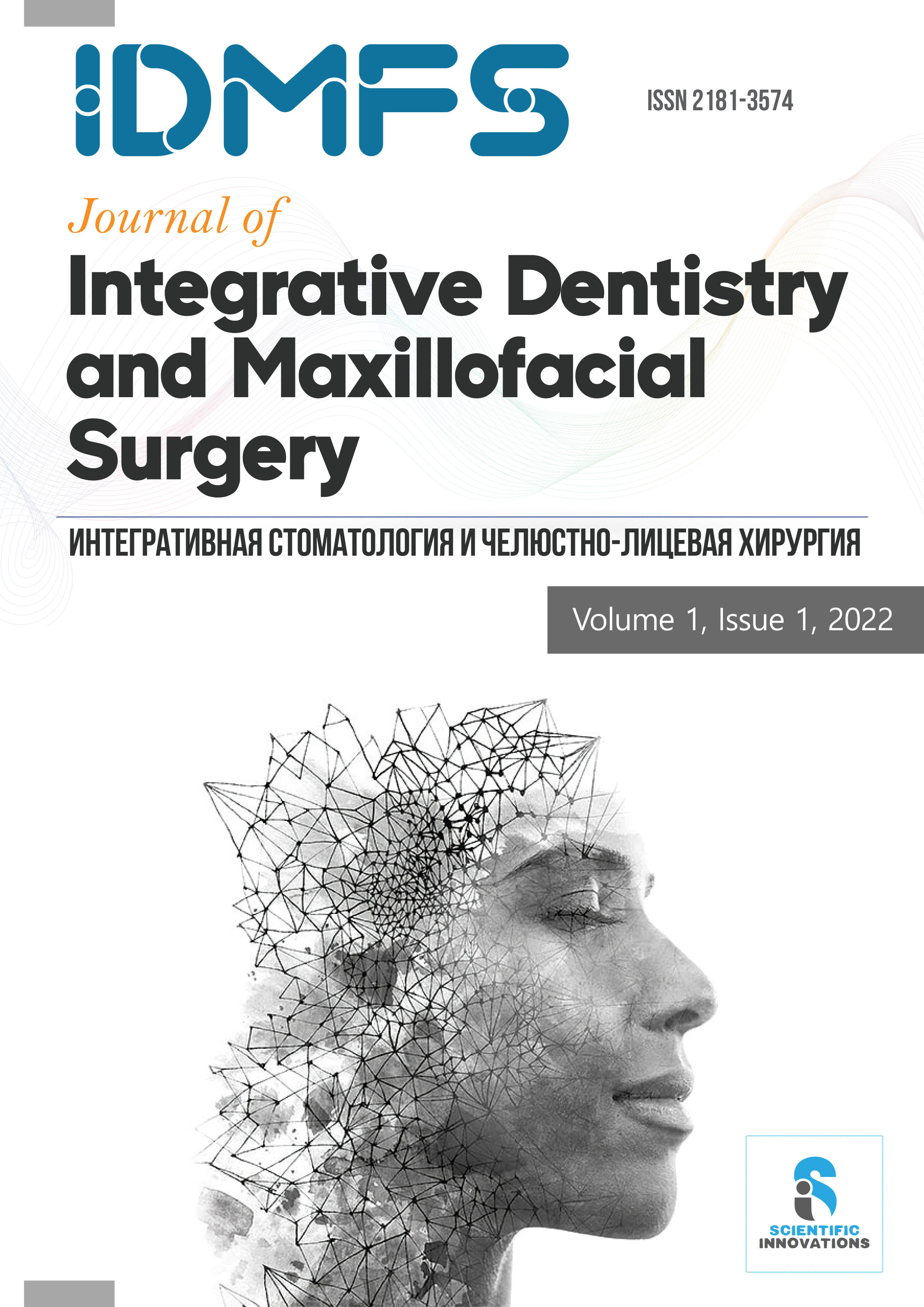The effectiveness of the treatment of traumatic optic neuropathy using the method of color and magnetic stimulation
Keywords:
color and magnetic stimulation, visual evoked potentials (VEP), eye injury, traumatic optic neuropathyAbstract
The aim of this study was to evaluate the effectiveness of color and magnetic stimulation in the treatment
of traumatic optic neuropathy. In 25 patients with traumatic optic neuropathy, in addition to traditional methods of
treatment, color and magnetic stimulation was performed. All patients underwent a comprehensive ophthalmological
examination, which included: visometry, tonometry, perimetry on the spherical perimeter, visual evoked potentials
(VEP) study. All ophthalmic data increased significantly. The use of color and magnetic stimulation in the treatment of
traumatic optic neuropathy has increased the effectiveness of the treatment.
References
Seynaeve L., Devroye A., Dupont P., Van Paesschen W. Randomized crossover sham-controlled clinical trial of targeted low-frequency transcranial magnetic stimulation comparing a figure-8 and a round coil to treat refractory neocortical epilepsy. Epilepsia. 2016; 57 (1): 141-50. https://doi.org/10.1111/epi.13247
Chou Y., Hickey P. T., Sundman M., Song A. W., Chen N. Effects of Repetitive Transcranial Magnetic Stimulation on Motor Symptoms in Parkinson Disease. JAMA Neurol. 2015; 72 (4): 432. https://doi.org/10.1001/jamaneurol.2014.4380
Lu H., Kobilo T., Robertson C., Tong S., Celnik P., Pelled G. Transcranial magnetic stimulation facilitates neurorehabilitation after pediatric traumatic brain injury. Sci. Rep. 2015; 5: 14769. https://doi.org/10.1038/srep14769
Yoon Y.-S., Cho K. H., Kim E.-S., Lee M.-S., Lee K. J. Effect of Epidural Electrical Stimulation and Repetitive Transcranial Magnetic Stimulation in Rats With Diffuse Traumatic Brain Injury. Ann. Rehabil. Med. 2015; 39 (3): 416-24. https://doi.org/10.5535/ arm.2015.39.3.416
Reti I. M., Schwarz N., Bower A., Tibbs M., Rao V. Transcranial magnetic stimulation: A potential new treatment for depression associated with traumatic brain injury. Brain Inj. 2015; 29 (7-8): 789-97. https://doi.org/10.3109/02699052.2015.1009168
Koski L., Kolivakis T., Yu C., Chen J.-K., Delaney S., Ptito A. Noninvasive brain stimulation for persistent postconcussion symptoms in mild traumatic brain injury. J. Neurotrauma. 2015; 32 (1): 38-44. https://doi.org/10.1089/neu.2014.3449
Bonni S., Mastropasqua C., Bozzali M., Caltagirone C., Koch G. Theta burst stimulation improves visuo-spatial attention in a patient with traumatic brain injury. Neurol. Sci. 2013; 34 (11): 2053-6. https://doi.org/10.1007/s10072-013-1412-y
Pachalska M., Łukowicz M., Kropotov J. D., Herman-Sucharska I., Talar J. Evaluation of differentiated neurotherapy programs for a patient after severe TBI and long term coma using event-related potentials. Med. Sci. Monit. 2011; 17 (10): 120-8. https://doi. org/10.12659/msm.881970
Chiaramonti R., Giovannelli F., Bianco G., Godone M., Battista D., Cardinali C., Sirabella E., Borgheresi A., Sighinolfi A., DAvanzo A. M., Breschi M., Dine J., Lino M., Zaccara G., Viggiano M. P., Rossi S., Cincotta M. 99. Lack of behavioural effects of high-frequency rTMS in vegetative state: A randomised, double blind, shamcontrolled, cross-over study. Clin. Neurophysiol. 2013; 124 (11): 211. https://doi.org/10.1016/j.clinph.2013.06.126
Cincotta M., Giovannelli F., Chiaramonti R., Bianco G., Godone M., Battista D., Cardinali C., Borgheresi A., Sighinolfi A., D'Avanzo A. M., Breschi M., Dine Y., Lino M., Zaccara G., Viggiano M. P., Rossi S. No effects of 20? Hz-rTMS of the primary motor cortex in vegetative state: A randomised, sham-controlled study. Cortex. 2015; 71: 368-76. https://doi.org/10.1016/j.cortex.2015.07.027
Downloads
Published
Issue
Section
License

This work is licensed under a Creative Commons Attribution-NonCommercial-NoDerivatives 4.0 International License.

